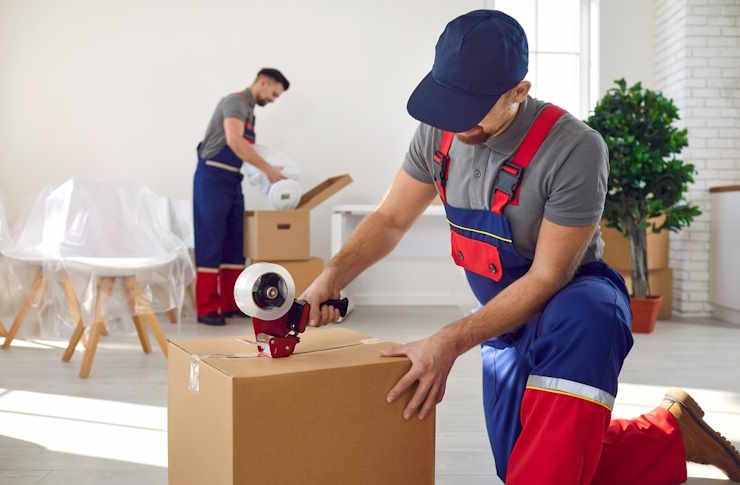Choosing the Right Storage Units for Moving and Decluttering
Finding the right storage unit can make a move or a decluttering project much less stressful. Whether you need a short-term spot while moving, a portable container dropped at your driveway, or a climate-controlled unit for sensitive items, understanding size, access, and packing strategy helps protect belongings and often saves money in the long run. This guide explains common options and practical tips for using storage, portable containers, and boxes effectively.

What size storage fits moving needs?
Estimating the right storage size starts with what you’re storing. A few boxes and small furniture might fit a 5x5 to 5x10 unit, while a one-bedroom apartment commonly needs 10x10. Larger homes and full households often require 10x20 or bigger. Think in terms of furniture footprint and stacked boxes; using shelving lets you store more efficiently. Measure large items and list what you’ll keep in storage, then compare unit dimensions at local facilities to avoid paying for unused space.
Are portable units right for your move?
Portable units (drop-off containers) are convenient when you want loading flexibility and fewer handling steps. You load at your pace, the company moves the container to storage or the next address, and you avoid double-handling that happens with truck rentals. Portable units are great for local moves, staged renovations, or when you need temporary on-site storage. Downsides include potential difficulty finding level drop locations and possible extra delivery or pickup fees. For long-distance moves, combine portable containers with professional logistics to reduce risk.
Container options: on-site, shipped, or traditional containers?
The word container covers several options: metal shipping-style containers left on-site (often 20’ or 40’), portable storage units, and standard self-storage lockers. On-site shipping containers are robust and ideal for renovation or long-term yard storage, but may require permits and a suitable surface. Shipped containers (international or freight) are for moves that cross regions or countries. Traditional indoor units at self-storage facilities provide drive-up access, climate control, and onsite security—useful for antiques, electronics, or paperwork.
How to pack boxes for safe storage?
Pack boxes tightly with heavier items at the bottom and lighter ones on top, and use uniform box sizes when possible to maximize stacking stability. Wrap fragile items in padding and use moisture-resistant boxes for longer-term storage. Label each box clearly with contents and a room name to speed retrieval; maintain an inventory list with a location map inside the unit. Keep an aisle for access to frequently used items and place mattresses and upholstered furniture upright or in breathable covers. Avoid storing perishable goods or hazardous materials.
| Provider Name | Services Offered | Key Features/Benefits |
|---|---|---|
| Public Storage | Indoor/outdoor units, drive-up access, online reservations | Extensive nationwide locations, easy online management |
| Extra Space Storage | Climate-controlled, vehicle storage, business storage | Known for security features and clean facilities |
| CubeSmart | Variety of unit sizes, climate control, packing supplies | Good customer service and tenant insurance options |
| PODS | Portable storage containers delivered to you | Flexible door-to-door moving and temporary onsite storage |
| U-Haul Storage | Traditional units, moving truck rentals, containers | One-stop for moving supplies and vehicle rentals |
Finding local services and choosing the right provider
When selecting a facility in your area, prioritize security (gated access, cameras), cleanliness, lighting, and convenient hours. Check for climate control if you’ll store wood, electronics, photographs, or important documents. Compare contract terms—monthly vs. long-term, deposit requirements, insurance options, and access fees. Read recent reviews and, when possible, visit facilities to inspect unit condition and customer service. For portability needs, confirm delivery/pickup windows and any vehicle requirements for on-site placement.
Conclusion
Storage units, portable containers, and traditional containers each have specific strengths depending on length of storage, ease of access, and the types of items you’re storing. Planning ahead—measuring items, choosing appropriate box types, and picking a provider with the right features—reduces risk and often lowers total cost. With clear labeling and thoughtful organization, storage becomes a practical extension of your home during moves, renovations, or long-term downsizing.






